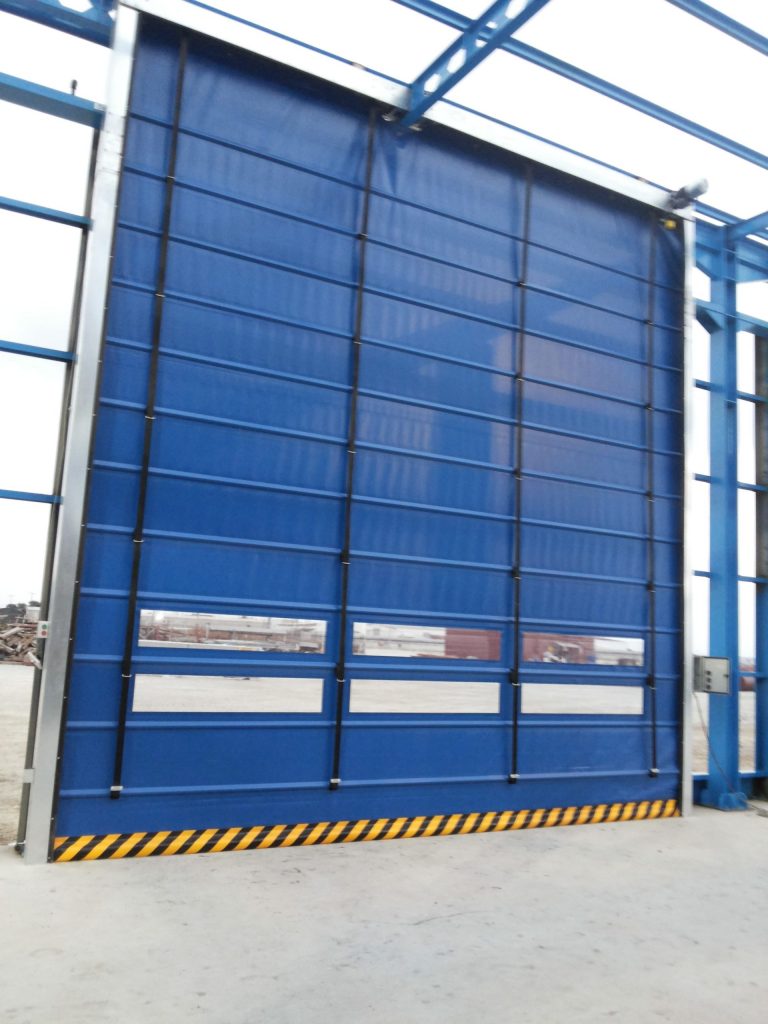
Introduction
Revolving doors, a symbol of modern urban architecture, are not just about aesthetic appeal; their installation is an intricate process requiring precision and expertise. This article provides a deep dive into the steps, challenges, and considerations involved in the successful installation of revolving doors.
Pre-Installation Planning
Site Assessment
Before installation, a thorough assessment of the site is crucial. Factors such as floor space, ceiling height, and structural support play a significant role in determining the type and size of the revolving door suitable for a building.
Choosing the Right Door
Selecting the appropriate revolving door involves considering factors like traffic flow, building design, and climate conditions. The choice between manual and automatic doors also depends on these criteria.
Installation Process
Preparing the Site
The first step in installation involves preparing the site, which may include structural modifications to the building. Ensuring that the area is level and ready for installation is critical for the door’s proper functioning.
Assembling and Installing the Components
The installation of a revolving door is a multi-step process that involves assembling various components such as the drum, wings, and central shaft. Precision in alignment and balancing is key to ensuring smooth operation.
Post-Installation Considerations
Safety Checks
Post-installation, conducting thorough safety checks is essential. This includes testing the door’s balance, rotation speed, and emergency stop mechanisms.
Maintenance
Regular maintenance is vital to ensure the longevity and proper functioning of the revolving door. This includes routine checks of mechanical parts and cleaning of glass panels and frames.
Challenges and Solutions
Handling Complex Architectures
One of the main challenges in revolving door installation is adapting to complex architectural designs. Custom solutions and modifications are often required to integrate the door seamlessly into the building’s façade.
Weatherproofing
Ensuring that the revolving door is weatherproof is crucial, especially in areas with extreme weather conditions. This involves installing proper sealing and insulation to prevent air and water infiltration.
Conclusion
The installation of a revolving door is a meticulous process that demands expertise, careful planning, and attention to detail. It is a critical component in the functionality and aesthetic of modern buildings, playing a significant role in energy efficiency and user convenience.






